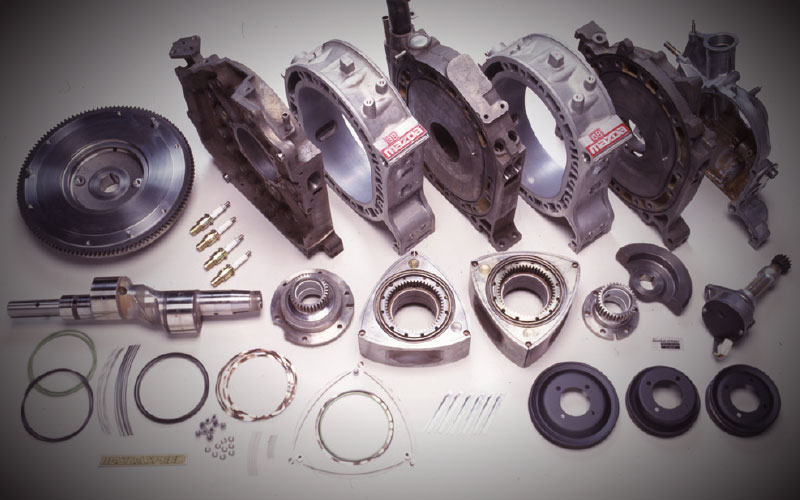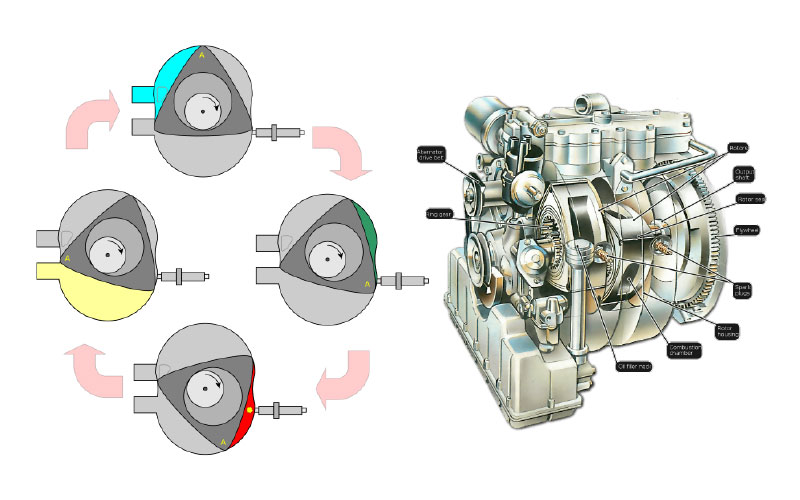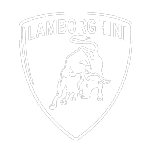WHAT MAKES A CAR A SUPERCAR
- supercars.com.gh
- April 29, 2022

The rotary engine, also known as Wankel rotary engine, is a pistonless engine invented by Felix Wankel in the early 1920s. It was the first engine without a piston, and its working principles were unique.
We want to look at the classic engineering of rotary engines as it pertains to automobiles.
WHAT ARE THE ROTARY ENGINES
A rotary engine is an internal combustion engine that comes with a stationary crankshaft and a particular number of cylinders arranged serially in a circle. But unlike a piston-based engine, rotary engines do not use a piston, and their operations-such as intake, compression, exhaust, and combustion work independently.
The combustion pressure remains in a chamber, sealed with a part of the triangular motor that serves as its piston.
WHARE ARE THE ADVANTAGES OF ROTARY ENGINES
SMOOTH MOVEMENTS WITH NO VIBRATIONS
Rotary engines spin in a single direction, this turn allows the moving parts to move freely and prevent jerky movements. Also, an built-in inner mechanism cancels out all vibration thus generating more power for the engine.
HIGH REVVING
Rotary engines do not have a reciprocating force, only a rotational mass. This makes it easy for revving to reach a high revolution per minute (rpm).
COMPACT
Built with a few moving parts, rotary engines are not bulky, thus making the car weigh less.
POWERFUL OUTPUT
Rotary engines generate more power because of their few moving parts and rotation spin.

WHAT ARE THE DISADVANTAGES OF ROTARY ENGINES
- High fuel consumption
- High manufacturing cost
- Poor emissions
- Burns oil faster
- Hard to seal the Rotor
EXAMPLES OF CARS THAT USE ROTARY ENGINES
Presently, rotary engines are not in circulation, but they once powered some amazing cars. An example is Mazda, a Japanese auto manufacturer. They used rotary engines and were consistent till the engines fell off the market.
Here are some cars with rotary engines;
- 1973 Chevrolet corvette XP897 GT concept
- 1974 Mazda parkway RE13 Rotary 26 superdeluxe
- 1970 Mercedes-Benz C111-II
- 2003 Mazda RX-8 Hydrogen RE
- 1973 Citroen GS Birotor
WHY ARE ROTARY ENGINES NOT IN PRODUCTION
Even though rotary engines were reliable and weighed less, their lingering drawbacks after years of engine evolutions were disappointing. And with the continuous advancement of engines, better engines with fewer drawbacks and many benefits have become available.
There have been rumors that Mazda is planning to bring back the rotary engines in their electric cars, and it would be interesting to see how they do it if this rumor turns out to be true.
Although rotary engines have lingering drawbacks, they were reliable and could still match up with other modern engines with some modification.
To get more insightful car blog posts, visit our guides page and stay informed.
Recent Post
Have Any Question?
If you have a question, call or email us.
We will get back to you as soon as possible!
Categories
WhatsApp us









